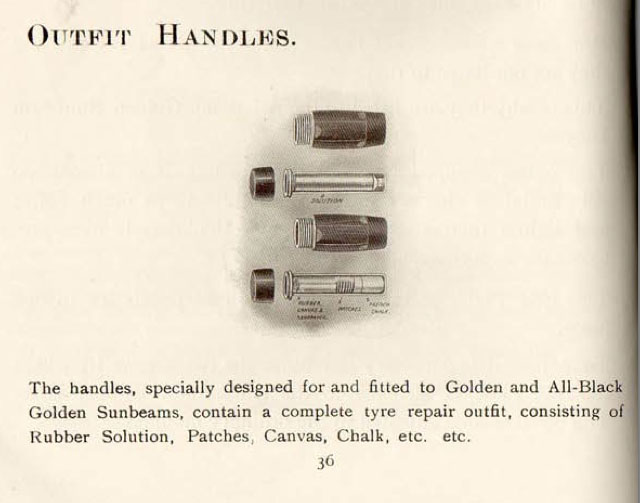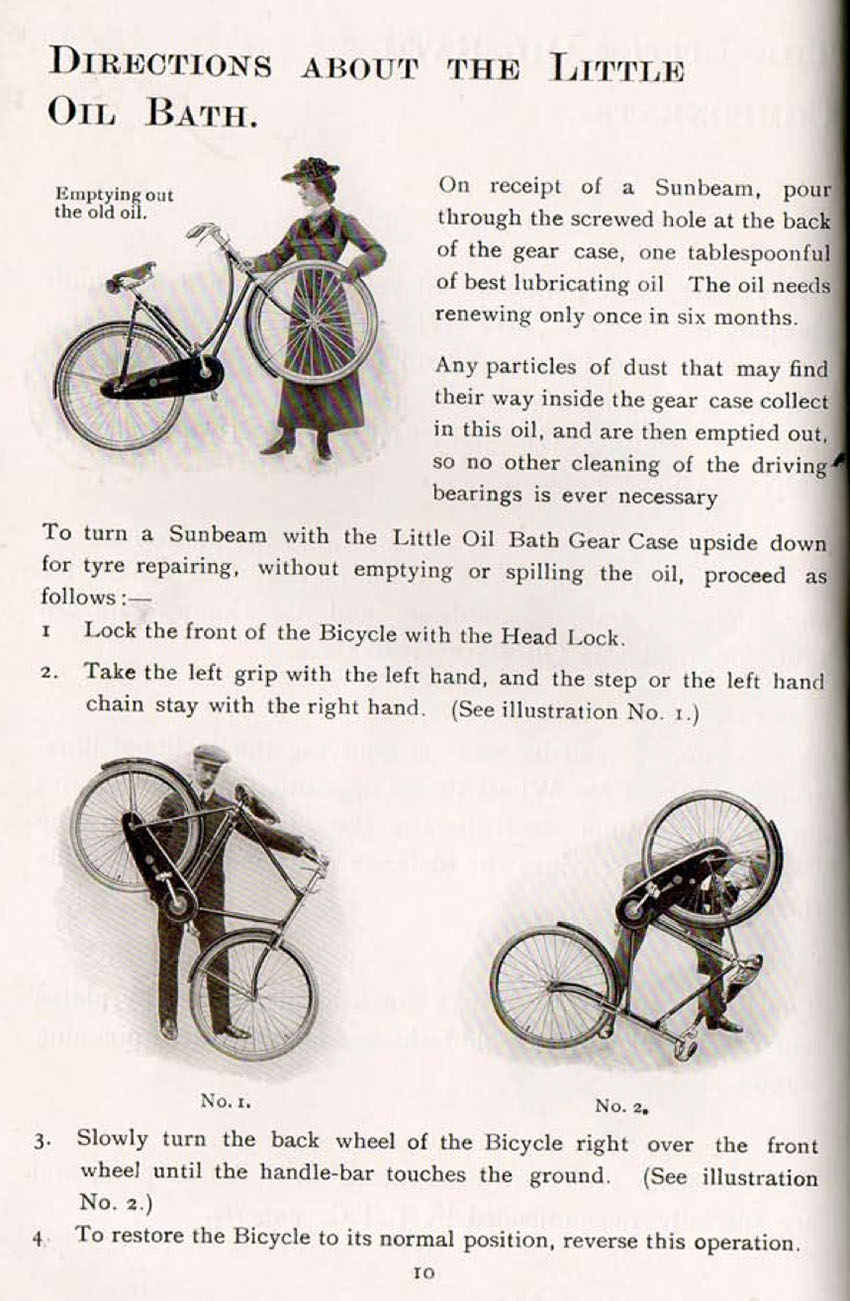

In the first decade and a half of the twentieth century, the Suffragette Movement became increasingly powerful, but the fierce lobby against it was equally determined to resist women’s right to vote. Emily Davidson’s fatal injuries during the Epsom Derby on 4th June, 1913 was a dramatic turning point, making the issues of suffrage more prominent so that it was hard for any British person not to have an opinion one way or another. But, of course, it was WW1 that actually resulted in voting rights for women. In a display of patriotism, Emmeline Pankhurst instructed the Suffragettes to stop their campaign of violence and support in every way the government and its war effort. The work done by women in the First World War was vital for Britain’s war effort. In 1918, the Representation of the People Act was passed by Parliament.

The more vocal Suffragettes were rich women: in the strict class system of the day, only upper class women had any chance of being heard, especially by parliament. The All-Black Golden Sunbeam for Ladies was one of the most expensive ladies’ bicycles of the era, a model much favoured by those who could afford it. As you can see from the illustration above, women of the Edwardian era were encouraged by the cycle manufacturers to perform simple maintenance tasks on their own bicycles. In the early years of the century, many women had taken cycle maintenance classes to keep them up to date with basic servicing techniques. During the war at home, bicycles became the most popular form of transport, and many women used them for shopping or getting to work. After the experiences of women during the war years doing men’s jobs to free them for active service – as well as becoming nurses, drivers etc in France – spanners and screwdrivers were no longer the preserve of men, and many women were able to change a tyre or repair a puncture on their bicycle.


1915 All-Black Golden Sunbeam for Ladies
2 Speed Epicyclic Gear
25″ Frame
28″ Wheels
Brooks Leather Saddle
Frame No 131131
(Now sold)

With a shortage of cars and motorcycles – all required for the war effort – ladies’ bicycles became sought-after during World War One. As well as buying new bicycles, the new female workforce, many of whom made munitions in factories around the country, purchased second-hand machines, forcing up their prices.
This example is a typical World War One Sunbeam, with its gear trigger on the handlebar, as illustrated below. All the important (irreplaceable) parts are original and intact. The only items that deviate from the original specification are the pedals, Brooks saddle (newer model), and the right-side handlebar grip which is a reproduction; the left side grip has a stripped thread, making it difficult to screw its end cap on, though it’s otherwise functional. Apart from these minor issues, the machine rides well, and it’s two-speed epicyclic gear works fine.
It’s in excellent unrestored cosmetic condition, with the Sunbeam transfers (decals) intact, both on the oilbath chaincase and the steering head. The maker’s transfer has also survived on the top of headstock and it retains its box lining on most of the paintwork.







GOLDEN SUNBEAM REMOVABLE HANDLEBAR GRIP CAPS






















1914 SUNBEAM CATALOGUE EXTRACTS









































































